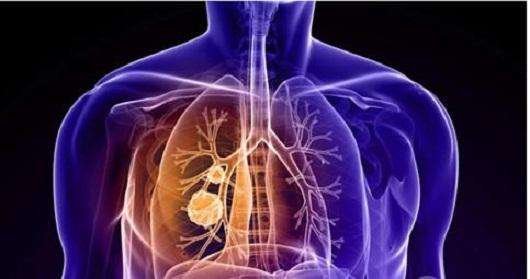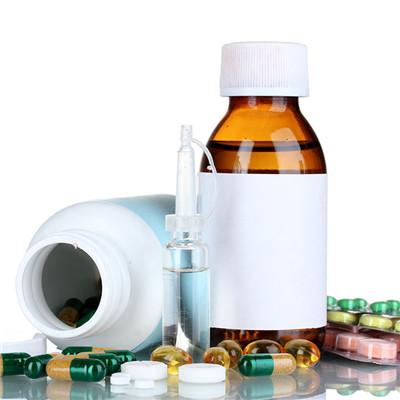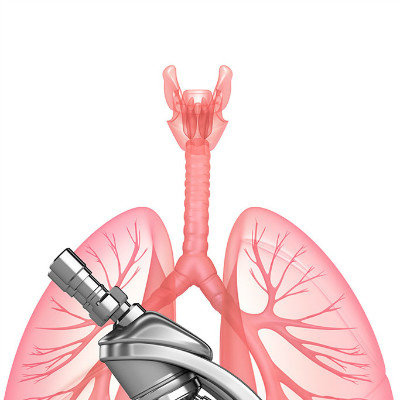Typical clinical symptoms of malaria?
summary
The main symptoms of malaria are high fever, chills and so on. Chronic patients will have anemia and splenomegaly. The symptoms of malaria are also known as "knocks". The typical clinical attack of human malaria is similar, which can be divided into prodromal stage, chilly stage, fever stage, sweating stage and intermittent stage. Typical clinical symptoms of malaria? Let's talk about it
Typical clinical symptoms of malaria?
Prodromal stage: the patient has fatigue, headache, discomfort, anorexia, chills and low fever. At this stage, the Plasmodium (schizont) in the liver cells matures and the schizont is released into the blood stream. However, the density of protozoa in the peripheral blood was too low, and the microscopic examination was mostly negative.
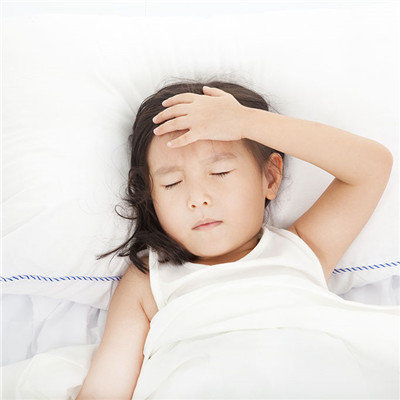
Fever period: generally lasting 3-4 hours, headache aggravation, high temperature can be more than 40 ℃. For patients with multiple recurrences, only mild cold, low fever, dizziness, headache, muscle and joint pain and trigeminal neuralgia can occur regularly without obvious high fever. The protozoa in fever stage were mainly small trophozoa.
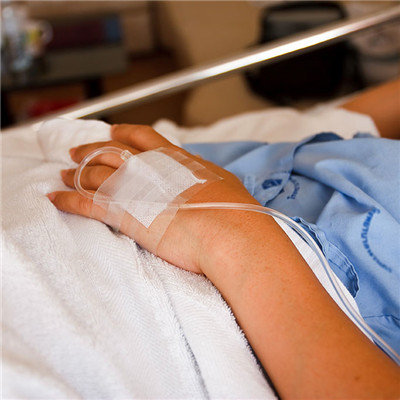
Intermission: refers to the interval between two episodes. The duration depends on the species and immunity. As for the typical intermission period, falciparum malaria cases are very irregular, short only a few hours, as long as 24-48 hours. It takes about 48 hours for Plasmodium vivax and Plasmodium ovale, and 72 hours for Plasmodium vivax. In addition to falciparum malaria, macrotrophozoa was the main parasite.

matters needing attention
Individual prevention refers to the protective measures taken by the residents of the malaria area or individuals who enter the malaria area for a short period of time in order to prevent mosquito bites, prevent disease or reduce clinical symptoms. Group prevention is to prevent the spread of malaria in high malaria areas, epidemic areas or large numbers of people who live in malaria areas for a long time. According to the weak links of transmission routes, we should choose economic, effective and easily accepted protective measures. Preventive measures are: mosquito vector control, drug prevention or vaccine prevention.
